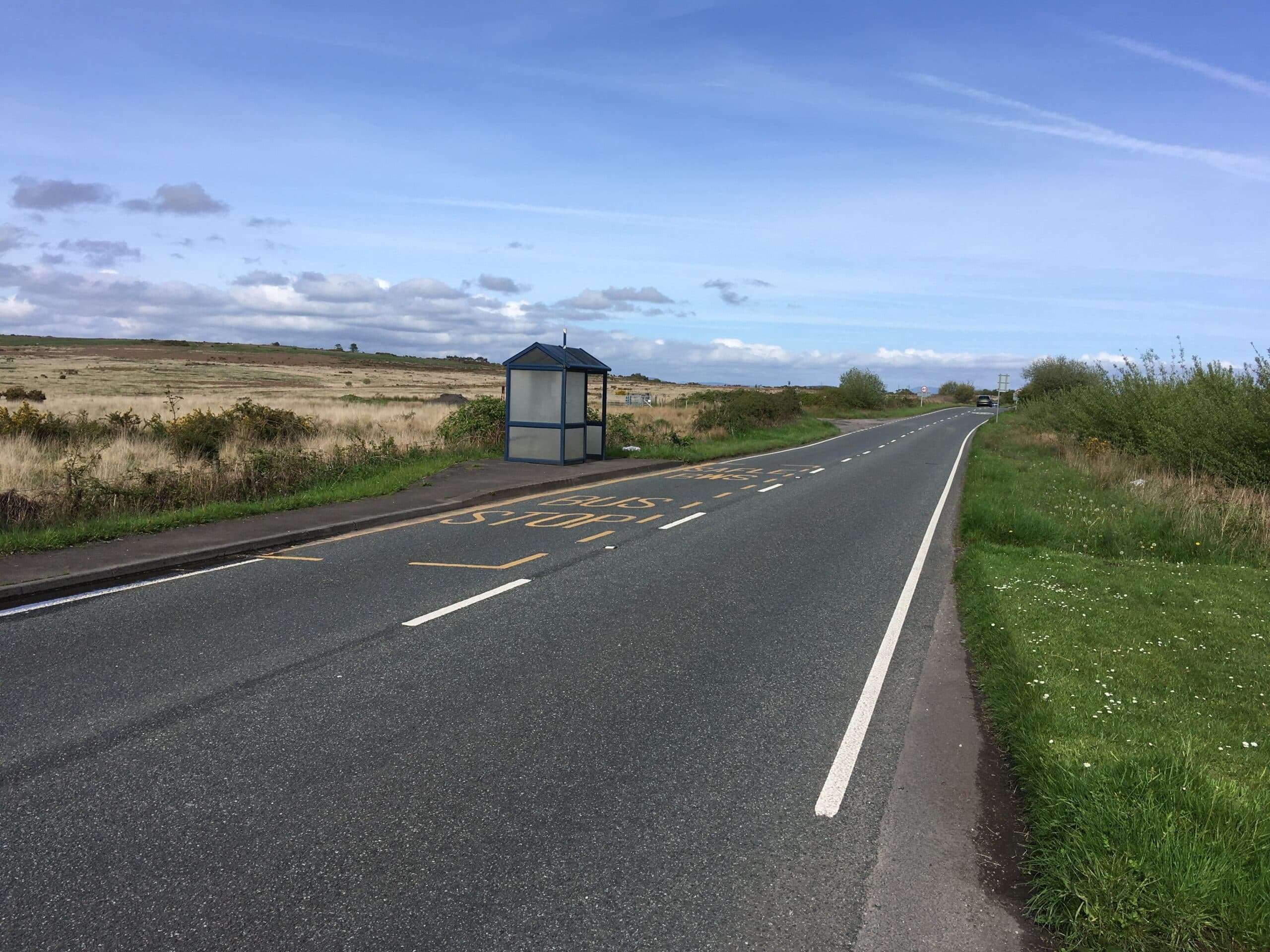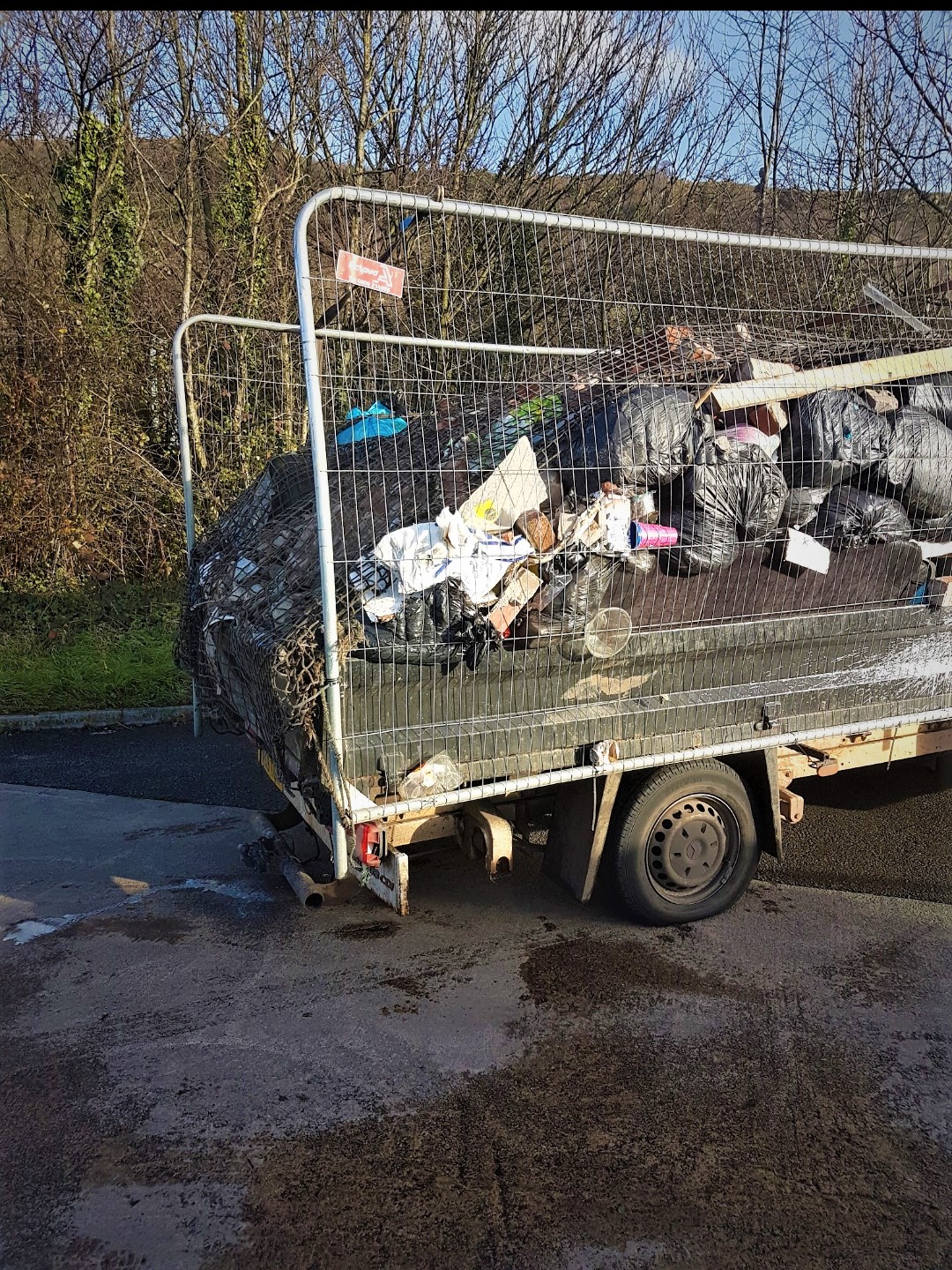PLANS for a Gower cycle path which more than 2,000 people petitioned for have been turned down.
A Welsh Government-appointed planning inspector has ruled that the scheme proposed across Clyne Common from Bishopston to Mayals interfered with the rights of commoners and would be harmful for nature conservation and the landscape.
It is the same path that was awarded £1.28 million of Welsh Government funding earlier this year.
Designed by Swansea Council, the path would be for cyclists, walkers and horse riders and run beside the B4436 from Bishopston to the top of the Mayals Road shared-use path, which drops down to the seafront. Council chiefs said they now planned to re-design it.
Bishopston councillor Lyndon Jones said he was disappointed with the inspector’s decision as there was overwhelming support for the path locally.
“We’ve held two public engagement meetings that were rammed with people supporting it,” he said. “Over 2,000 people have signed a petition in support. It’s not safe to cycle or walk across Clyne Common. This is something that is really needed. People are asking for it.”
Cllr Jones estimated that objectors numbered “a handful” and that, in his view, the council officers taking forward the plans had been “exemplary”. He added that a short stretch of shared-use path had recently been created from Bishopston Comprehensive School to the B4436 in anticipation of the main section being built.
The council applied last November to the Welsh Government under the 2006 Commons Act to build the three metre-wide path, with 1.5m verges either side. The path’s surface would be made from the rubber of around 17,000 recycled tyres. An existing stock-proof fence would be set back 7m to provide a safety strip for animals.
The council’s application said the Gower Commoners Association was supportive of the plan, although it said one commoner had objected.
Documents published as part of the planning decision said concerns were raised, though, by the commoners’ association, which the council responded to. The authority also replied to objections and observations from the Gower Society.
Planning inspector Vicki Hurst said the main issues to consider included the rights of commoners, public rights of access, and the effect of the path on nature conservation and the landscape. Her report said some 59 commoners had rights – mainly grazing rights – to use the 1,858-acre common, and that sheep, horses and cattle were grazing there when she visited.
It concluded that the path would result in a loss of common land, albeit a small amount, and that three acres of habitat in a designated site of interest for nature conservation would also be lost, along with the likelihood of direct and indirect impacts on heathland, hedgerows and grassland. It added that the shared-use path’s proximity to the B4436 would exacerbate its visual impact and “result in an urbanising effect on the open common”.
Ms Hurst said the scheme would benefit the public, which she said had rights to use the common “for air and exercise”, and provide a safer route for cyclists and walkers between Mayals and Bishopston than currently.
“I give these matters considerable weight,” said her report. “However, such benefits need to be balanced against any associated harm arising from the proposal. In this particular case, I find the impacts on the commoners’ rights, nature conservation and the landscape to be compelling.”
The council said it had no plans to appeal the decision, but added: “We remain committed to providing a much-needed walking and cycle route across the common. We will be seeking to re-engage with stakeholders to agree a scheme that addresses the concerns and issues raised.”
Swansea Bay cycle campaign group Wheelrights said it had been greatly encouraged by the efforts of people in Bishopston to get a new shared-use path built.
“So imagine our surprise to find that a Welsh Government-appointed inspector has refused the council’s scheme,” it said. “The benefits of safety for walkers and cyclists and less air pollution and car usage don’t seem to be at all prominent for the inspector.” Wheelrights hoped a revised scheme could be put forward in the near future.
Peter Lanfear, chairman of the Gower Commoners Association, said the inspection report had reflected its concerns, and that the group planned to speak to the council shortly about the decision and what might happen next.
“We are supportive of a plan for a cycle path,” he said. “The problem we had was the design.”
Please donate here: Support Carmarthenshire News Online Thank you for supporting independent journalism and contributing to the future of local news in Carmarthenshire. Carmarthenshire News Online has been dedicated to providing unbiased and trustworthy news, free from commercial or political influence. By donating as little as £1, you can help ensure the continuation of this important source of information for the community. Your contribution will have a significant impact on the sustainability of independent journalism. If you're looking to enhance your brand's visibility, we also offer advertising opportunities on our Livestream and podcasts. Our special offers provide excellent value for reaching our engaged audience. To learn more about these opportunities and to discuss your advertising needs, please feel free to call or text us at 07308598604. Thank you again for your support, and together we can ensure the availability of quality local news for Carmarthenshire and beyond.
Please donate here: Support Carmarthenshire News Online







